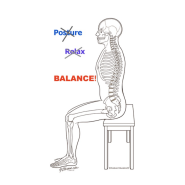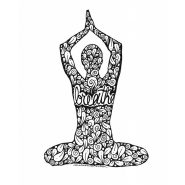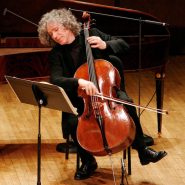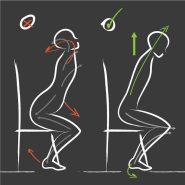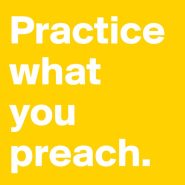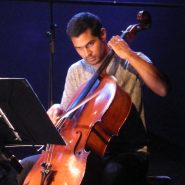Tag: balance
By Joanna Latala December 16, 2024
Subjects Artistic Vision, Practicing
Tags balance, performance, Preparation, Recovery, Resilience, Rest, Visualization
By Blogmaster March 21, 2018
Subjects Playing Healthy
By Selma Gokcen May 6, 2014
Subjects Playing Healthy
By Avery Waite October 22, 2013
Subjects Artistic Vision
Tags activities, after-school music, Avery, balance, beauty, cello, challenges, Community, contradictions, culture, El Sistema, energy, Enharmonically Equivalent, exploration, fruit, gangs, healing, Jamaica, Kingston, music, neighborhoods, passion, safety, students, Teaching, Travel, violence, Waite
By Gregory Beaver May 27, 2013
Subjects Playing Healthy, Practicing
Tags advanced breath control, aerobic exercise, Awareness, balance, Beaver, body, breath control, breathing, breathing with scales, CD player, cellists, cello, cellobello, chest, control, controlled frenzy, Coordination, diaphragm, emit sound, Gregory, heart rate, Improve your talent, improvement, light-headed, muscles, musicians, oxygen, practicing, relaxation, simple formula, skill, smoothness, stomach, strengthen the diaphragm, T’ai Chi, talent, Technique, trouble passages, unbalancing the body, weakness, yoga
By Elana Katz March 26, 2013
Subjects Playing Healthy
Tags artistic clarity, balance, cellobello, clarity, comfortable position, concentrated creative expression, Cultivating softness, Elana Katz, elongation, energize, energy levels, exhale, heightened awareness, inhale, integrated into daily life, lungs, meditation, movement, muscular strength, nervous system, release, softness, strength, stretching, yoga
By Selma Gokcen February 18, 2013
Subjects Playing Healthy
Tags Alexander Technique, associations, balance, bowing, calm breathing, cello, cellobello, contraction, engage in conversation, exploration, Gokcen, Habits, head-neck-back relationship, ischial tuberosities, natural, natural movement, negative associations, one-sided instrument, opposition, pelvic rocker bones, positive associations, posture, power, practicing, quiet practice, receive the cello, relationships, rotation of the spine, Selma, shifting weight, simple activities, sitting, Six Part Series, Spine, tension, tension in shoulders and back, thinking in new ways, torso, understanding, value
By Selma Gokcen June 15, 2012
Subjects Playing Healthy
By Aron Zelkowicz January 19, 2012
Subjects Chamber Music
By Selma Gokcen November 3, 2011
Subjects Playing Healthy
By Selma Gokcen May 18, 2011
Subjects Playing Healthy
Tags Alexander Technique, artistry, artists, back, balance, body awareness, Coordination, gestures, Gokcen, Habits, head, nature, productive, Selma, sensory awareness, Spine, sports, training
By Natasha Brofsky April 11, 2011
Subjects Artistic Vision
By Jeffrey Zeigler December 1, 2010
Subjects Technology

